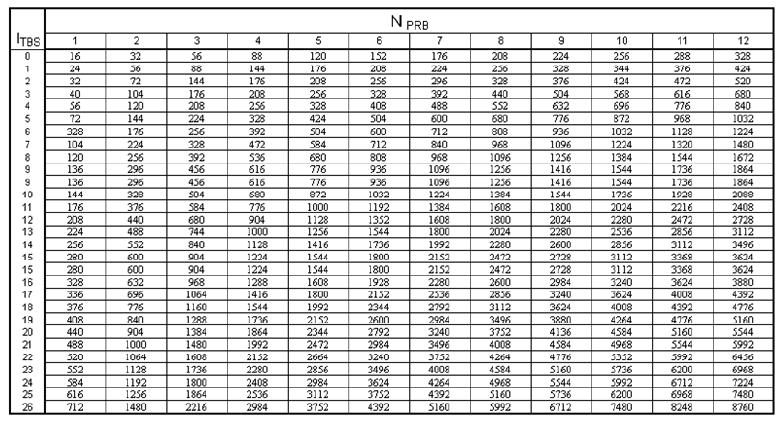Modulation and TB size
LTE Modulation Techniques
In Long-Term Evolution (LTE) networks, modulation is a fundamental aspect of the physical layer responsible for encoding digital information into analog signals for transmission. LTE employs various modulation schemes to adapt to different channel conditions and maximize data rates. The primary modulation schemes used in LTE include:
Quadrature Amplitude Modulation (QAM)
QAM is a widely used modulation technique in LTE, offering different constellations such as 16-QAM and 64-QAM. Higher-order QAM allows for increased data rates but is more susceptible to noise and interference.
Binary Phase Shift Keying (BPSK) and Quadrature Phase Shift Keying (QPSK)
BPSK and QPSK are simpler modulation schemes used in LTE for scenarios with challenging channel conditions. They provide robustness against noise but at the expense of lower data rates compared to higher-order QAM.
LTE Transport Block (TB) Size
In LTE, a Transport Block (TB) is a unit of data that is transmitted between the base station (eNodeB) and the user equipment (UE). The size of the TB is crucial in determining the amount of information that can be sent in a single transmission. Factors influencing TB size include:
Channel Conditions
TB size is dynamically adjusted based on the quality of the radio channel. In good channel conditions, larger TB sizes can be used to achieve higher data rates.
Modulation and Coding Scheme (MCS)
The modulation and coding scheme selected for a transmission affects the TB size. Higher-order modulation schemes allow for more bits to be transmitted per symbol, increasing the TB size.
HARQ (Hybrid Automatic Repeat reQuest)
LTE uses HARQ to enhance reliability. If a transmission fails, the system retransmits the TB. The feedback from HARQ influences the decision to maintain or adjust the TB size.
A 5-bit “modulation and coding scheme” yields the modulation order, i.e. QPSK,
16QAM or 64QAM. Implicitly the coding rate is given by a combination of the number of scheduled RBs and the signaled TB size.
The determination is based on the signaled MCS Index IMCS.
By means of a 27×110 table the resulting TB size can be determined. Part of the
table (for non two-layer spatial multiplex) is shown in the figure. A graphical display is shown below.
Note, for two-layer spatial multiplex additionally a translation table has to be applied.
In case of DCI format 1C a separate table is used.

Understanding the interplay between modulation techniques and TB size is essential for optimizing LTE system performance, balancing data rate, and reliability based on the prevailing network conditions.